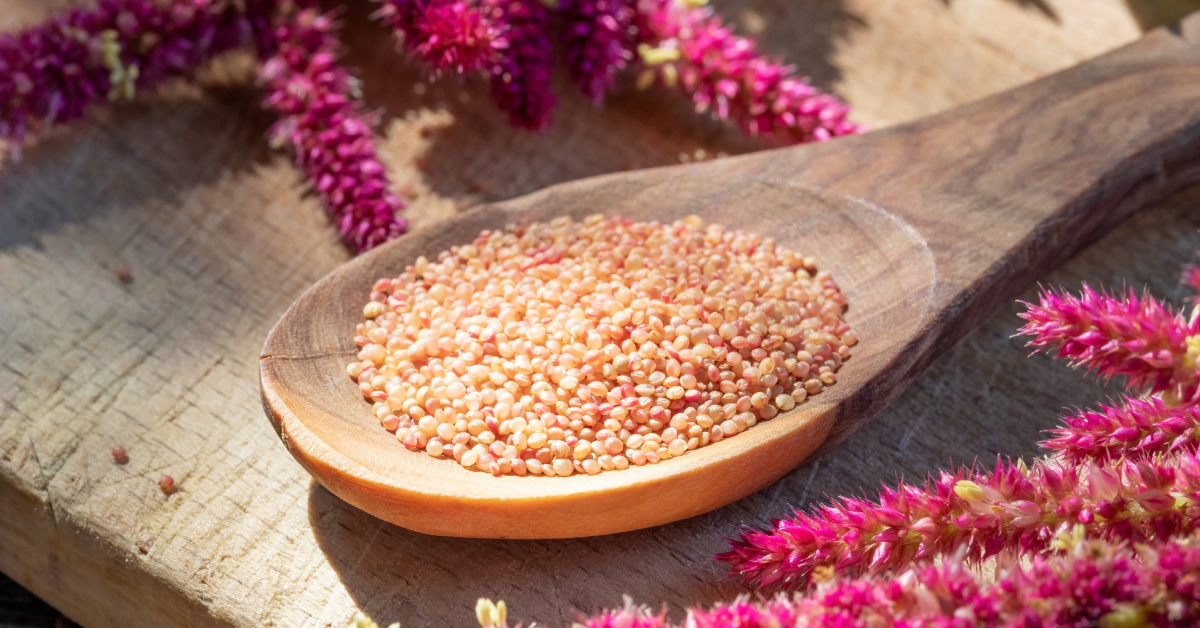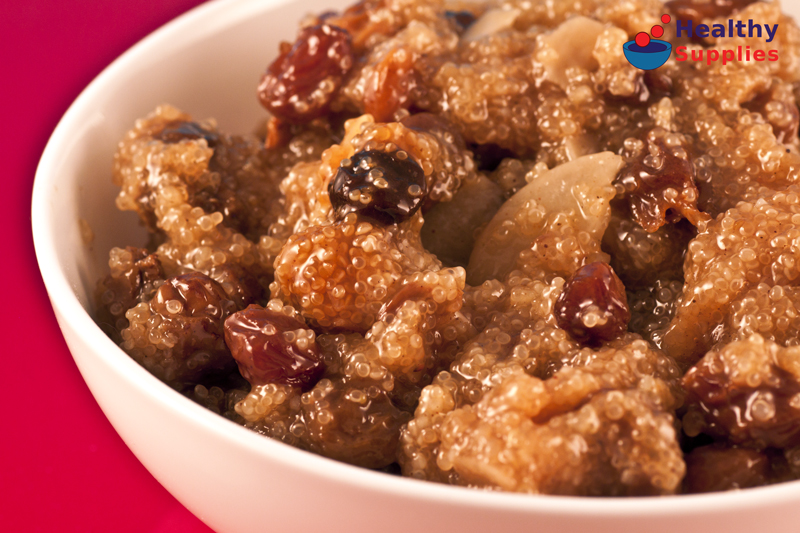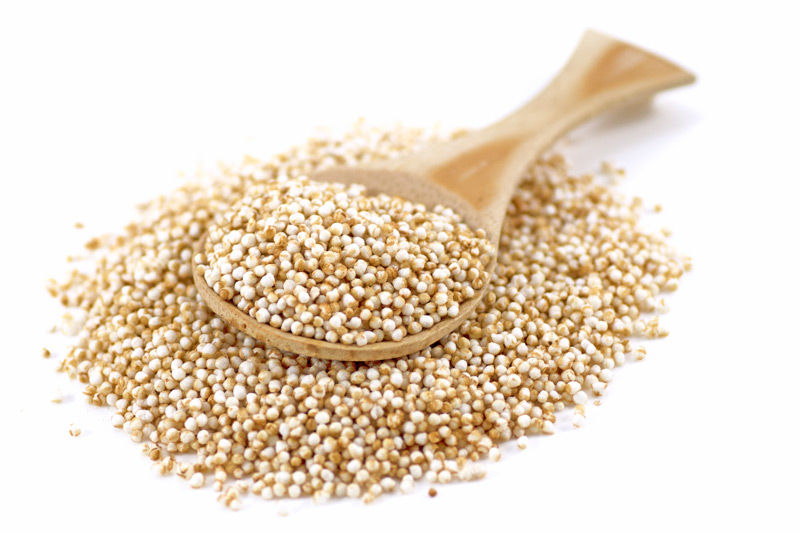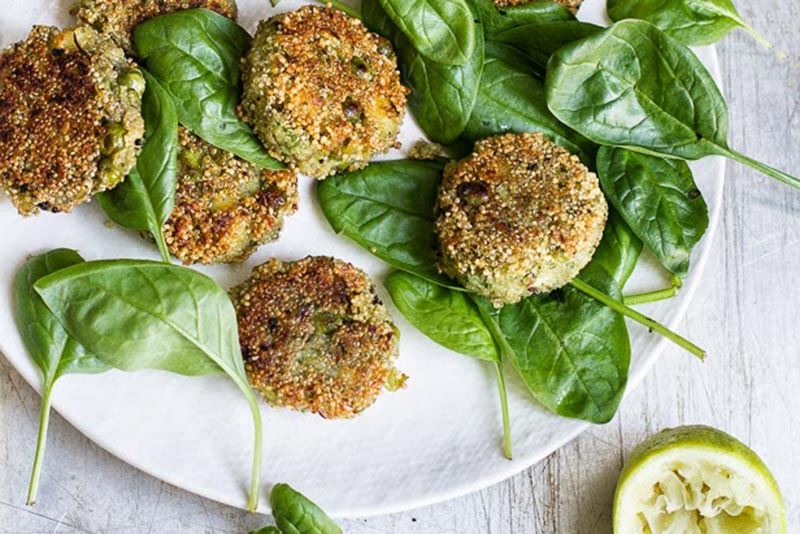What is Amaranth?
Amaranth is growing in popularity because of its flavour, its versatility in the kitchen, its ease of cooking and for the excellent nutrition it provides.
It’s naturally gluten-free, making it ideal for coeliacs, and also it’s good to eat if you’re following a paleo diet.
But what is amaranth? Let’s take a closer look:

Amaranth is used like a grain....
….but it’s actually a pseudocereal. It’s grown for its edible starchy seeds, but it’s not in the same botanical classification as true grains like wheat, oats or rice.
It's been farmed for over 8,000 years
Originating in Europe and the Americas, amaranth has been cultivated for more than 8 millennia, dating back at least to the Mayan civilization of South and Central America.
It was a staple of the Aztecs, and used by them in their religious ceremonies.
Both sweet and savoury dishes use amaranth
Amaranth is a superb alternative to rice and provides a loevly accompaniment to stews and casseroles, but it can also be used in desserts and sweet dishes, such as this lovely almond & raisin amaranth pudding.
Mexicans use popped amaranth mixed with cane sugar to make a candy bar called alegría. Smaller than traditional popcorn, popped amaranth is wonderful as an ingredient in trail mixes, granola and homemade chocolate bars. Popping it enhances its nutty flavour and gives it a delightful texture.
It has a higher amount of beneficial minerals than wheat
Quinmoa is an excellent source of minerals essential for human health. Chief among these are potassium, zinc, phosphorus, calcium, iron, magnesium and especially manganese, which reduces inflammation, regulates blood sugar, improves bone health and plays a part in fighting several chronic health conditions.
Check out our fabulous range of Amaranth here!






